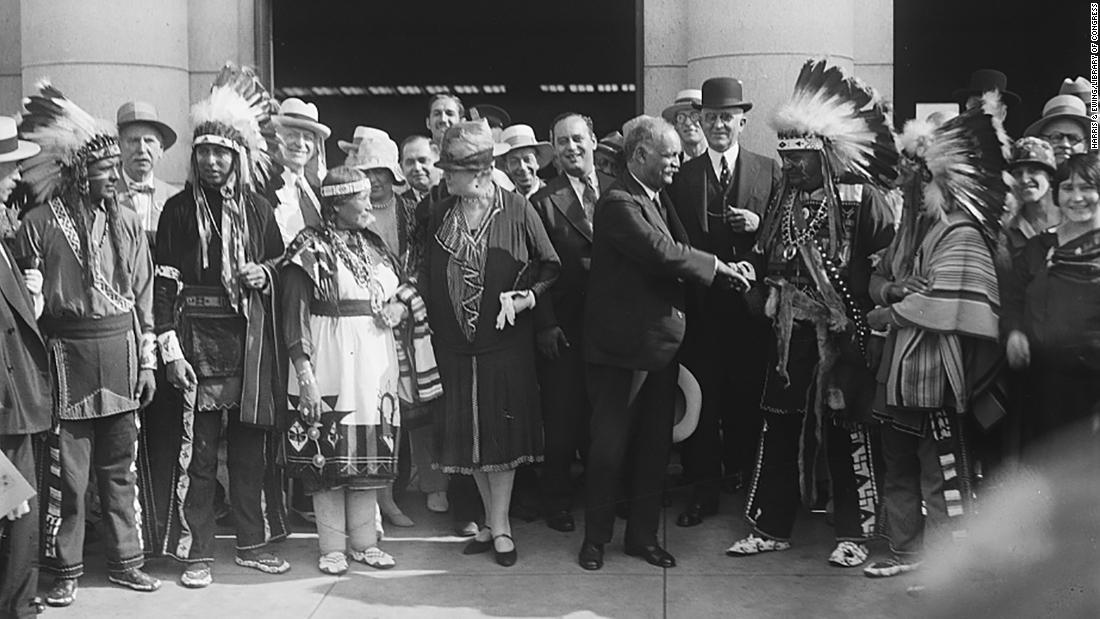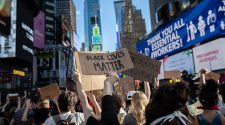In 1928, Charles Curtis — a Native American lawmaker and member of the Kaw Nation — was elected as President Herbert Hoover’s vice president.
He spent much of his childhood living with his maternal grandparents on the Kaw reservation in Council Grove, Kansas. Curtis even spoke Kansa, the Siouan language of the Great Plains, before he learned English.
While Curtis hoped to continue living on reservations with his grandmother, she encouraged the young teen to return to Topeka to further his education.
Back in Topeka, Curtis became an attorney and later turned his attention to politics. In 1892, Curtis was elected to US Congress, where he served in the House and Senate. As a senator, he was Republican whip, instrumental in helping to prevent Woodrow Wilson from having the US join the League of Nations. In 1928, he lost his bid for the presidential nomination to Herbert Hoover, who tapped him as his running mate.
During his time as a congressman, Curtis became known for sponsoring “An Act for the Protection of the People of the Indian Territory and for Other Purposes,” also known as the Curtis Act of 1898, which did little to protect Indian land.
Some Indian tribal governments and lands were broken up as a result of the act, which overturned multiple treaty rights “by allocating federal lands, abolishing tribal courts, and giving the Interior Department control over mineral leases on Indian lands,” according to the US Senate website.
Another milestone for people of color
While Curtis made history as the first person of color to become vice president, Harris is breaking barriers of her own.
Women across the US have been fighting for equal rights and representation in American life for centuries. With the election of Harris, a woman has now reached the second highest political office in the country.
“While I may be the first woman in this office, I will not be the last,” she said in Wilmington, Delaware.
“Because every little girl watching tonight sees that this is a country of possibilities, and to the children of our country, regardless of your gender, our country has sent you a clear message: Dream with ambition, lead with conviction and see yourselves in a way that others may not, simply because they’ve never seen it before. But know that we will applaud you every step of the way,” she said.
Correction: A previous version of this story misstated the year Charles Curtis ran for president. It was 1928.















